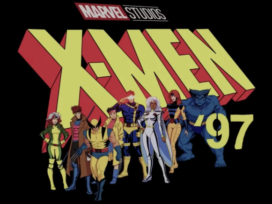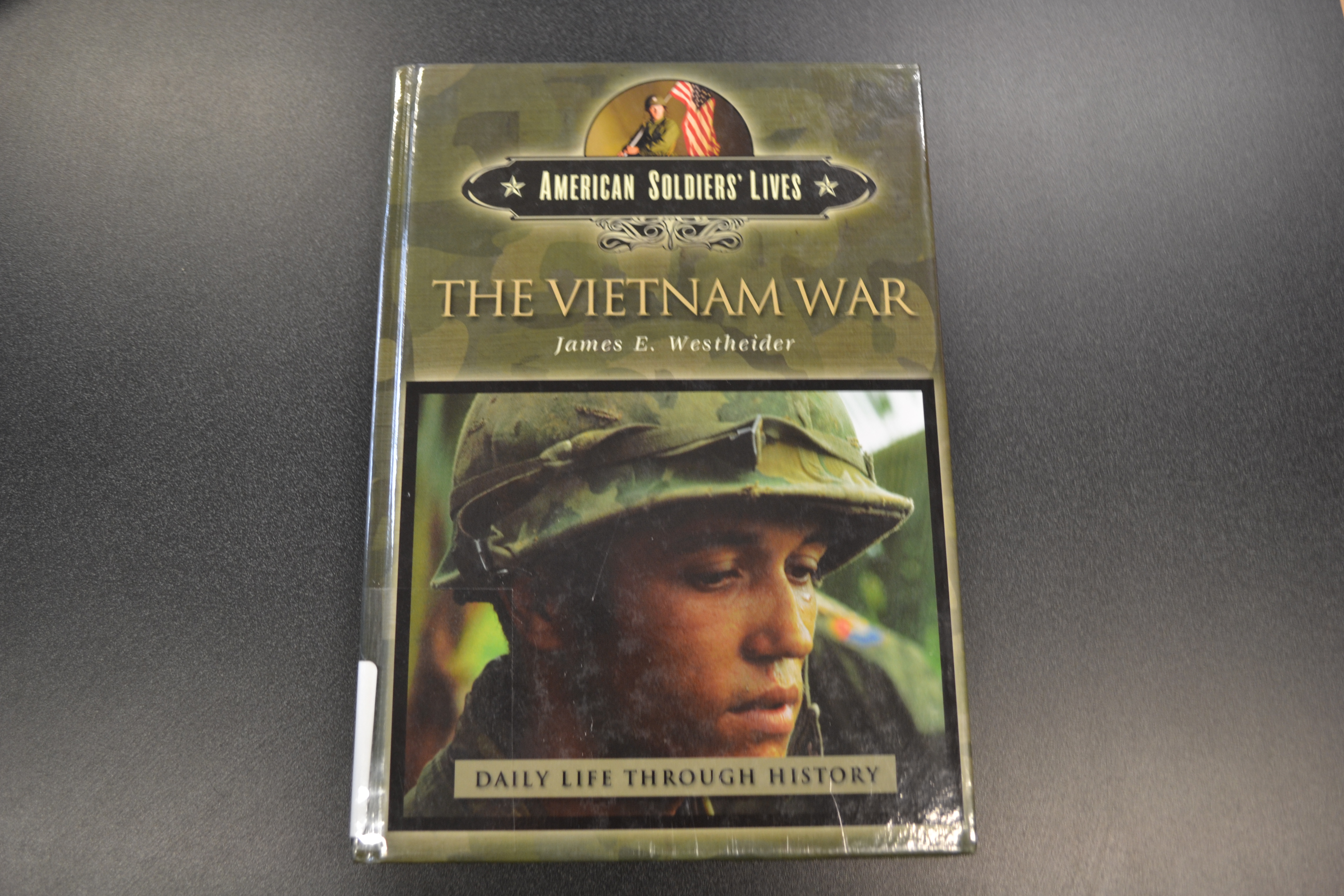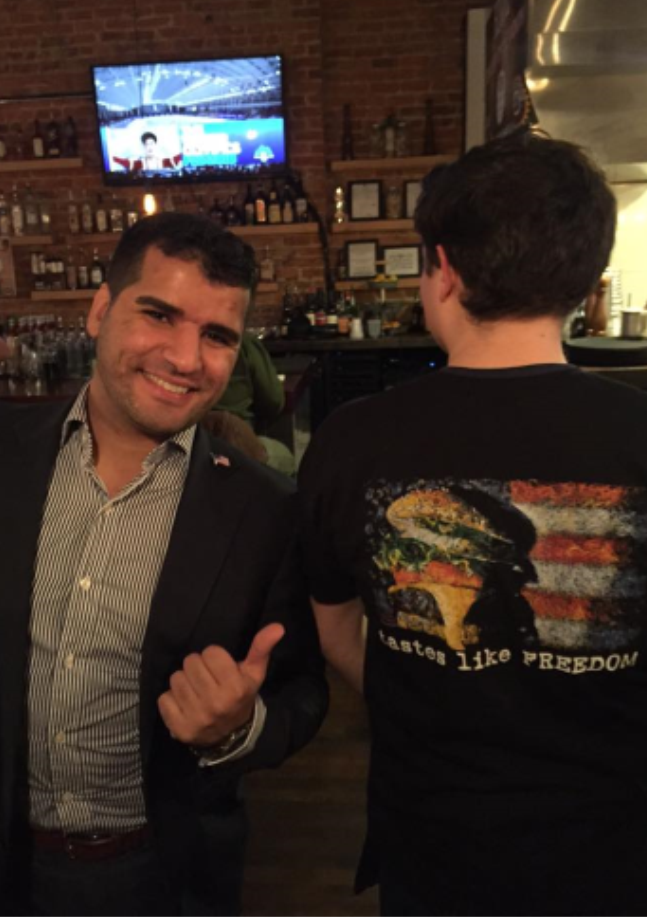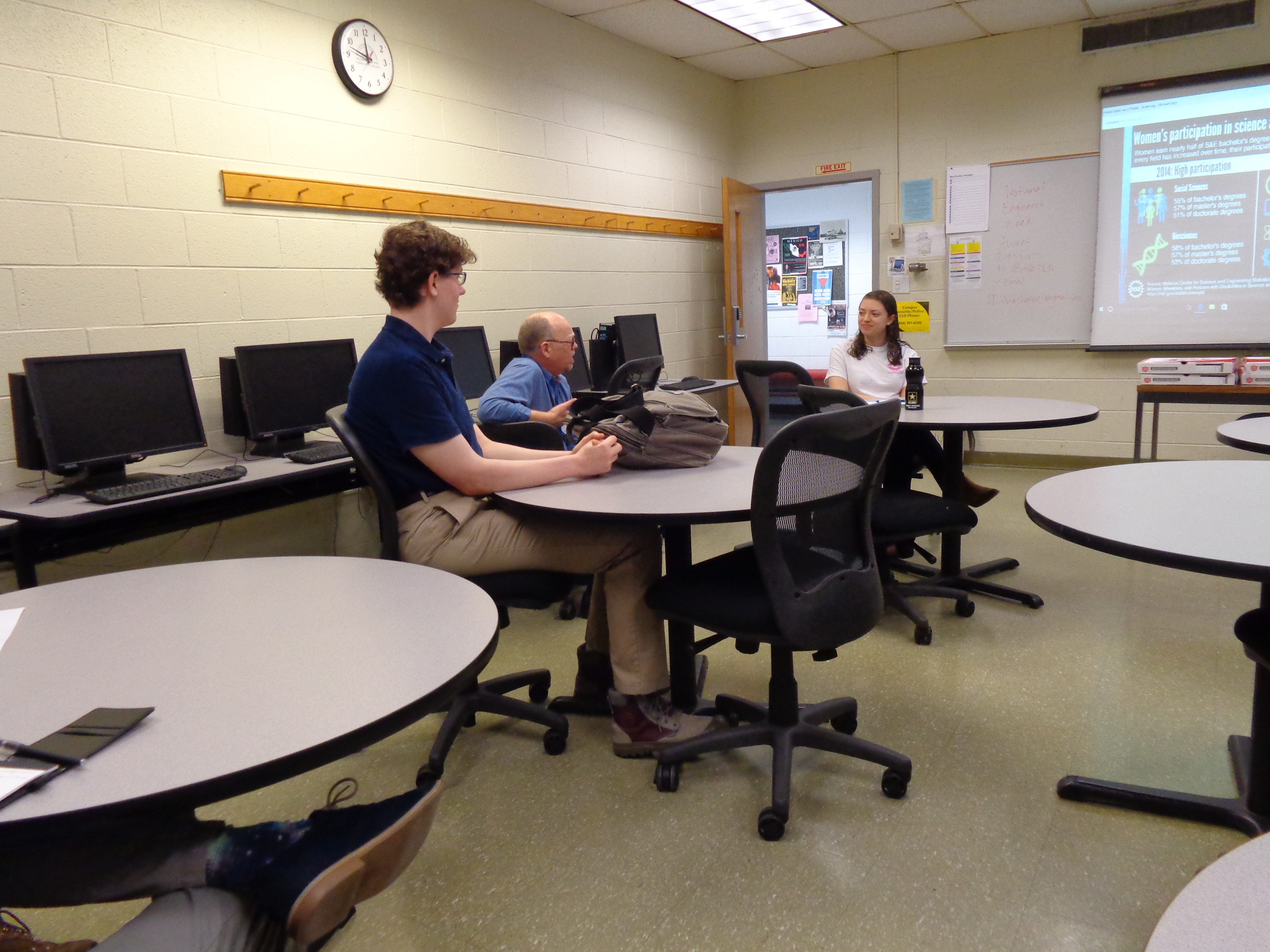
Simulcast with NASA’s First Female Launch Director
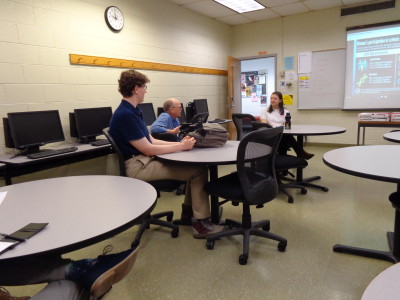
Charles Stish, staff writer
A young woman in her teen years wonders where she wants to go in life. Whether or not she wants to become a nurse, a psychologist, or a biologist after high school. She will be attending a four year college soon and she wants to figure out her career before she has to decide where to enroll.
In her hour of decision and confusion, her high school science teacher, nicknamed “Doc Wilson,” recommends her to be an engineer and go into the robotic and computer sciences. He can sense she loves that line of work, that field of study, despite her not seeming to think of it as an option because of social norms and stigmas. The young woman took the recommendation, and because these words came from her science teacher, whom she respected, she was inspired to learn and partake in a field of science mostly occupied by men: engineering.
This is the story of how NASA’s first female launch director, Charlie Blackwell Thompson, was encouraged to take engineering as a career. She shared this story in a live simulcast meeting that was being broadcasted by the NASA Digital Learning Network, as part of a 30 minute segment in a series of live simulcasts featuring other female NASA engineers. Thousands of people, most notably students of all ages, around the country, and possibly the world, watched and listened to the stories of these women who persevered and helped frontier women in computer sciences and robotics.
Thompson and the other renowned, respected female NASA engineers held simulcast meetings all day on Feb. 23 in honor of Introduce a Girl to Engineering Day not only to inspire and encourage more girls to be engineers, but to also give more support to female students already in engineering programs.
Thompson graduated with a degree in Computer Science from Clemson University, South Carolina. After her graduation, she worked at the Kennedy Space Center in Florida and worked several jobs before finally joining NASA in 2004. Some of her jobs at Kennedy included payload flight software engineer and lead electrical engineer on many Hubble Telescope servicing missions. Twelve years after joining NASA, she was promoted to launch director for NASA’s Ground Systems Development and Operations and became the first female launch director. She as well manages NASA’s Exploration Systems Development Division.
Part of her job will be coordinating the Orion spacecraft and Space Launch System operation, which is said to be taking place at the end of 2018. The goal of the mission is to prepare astronauts by putting them in lunar orbit for extended periods of time as to gain first hand data to what long exposure in such conditions will exact on humans physically and mentally. If the missions are successful, NASA plans on sending humans to Mars for more intense exploratory missions and possibly planetary colonization by 2030. Those are big expectations, but with Thompson’s experience and knowledge, having too much doubt about the success of the missions is not recommended nor seemingly warranted.
During the broadcasts, people could send the panelists questions in real-time via Twitter and email. For Thompson’s simulcast at least, there were three elementary schools that connected to the simulcast via webcam and microphone, so the elementary students could directly ask Thompson questions.
Some of the questions were about how she feels being the first NASA female launch director, if she experienced any discrimination while in the engineering program, and if she could give advice for all engineering students.
Thompson answered each question as a regular person would and/or should. Thoughtful and sincere, she did not make to put on an air because of her position, but instead seemed more down to earth and easily approachable, which was probably a nice reassurance to the children questioners.
She answered that while she never felt discriminated against or given special treatment for being a woman in the engineering program, she did feel uncomfortable that there were fewer female students in the courses with her and that most to all of the engineering faculty were men. Which she said was off putting and intimidating to a woman in that situation, causing one to become discouraged and feel a lack of adequate peer and faculty support.
Towards the end of the broadcast, she advised, “If you want to be an engineer, find that piece of engineering you really love, that resonates with you. For me it was being a part of the space program.”
Thompson and many other women in computer sciences are pioneers in their field. They are women who were not swayed by social norms or the potential pathological struggle that can come from feeling isolated or alone in such a situation described by Thompson about her academic experience earlier.
Statistically, women tend to have higher college degree graduation rates (associate degree, bachelor’s degree, master’s degree, and doctorate) in social and biological sciences than in computer science and engineering. Part of this is because of set ideas of social statuses, that being women can not or at least should not be engineers, and lack of an adequate support network for female students in this field. Because of this, PVCC female math, computer science, and engineering students created the Women in Science Technology Engineering and Math (STEM) club to create the much needed support network.
Additionally, female engineering students at the University of Virginia have created the Society for Women Engineers (SWE) for the same reason.
To participate more in the engineering program, contact PVCC’s Engineering and Technology club president, Joshua Smith, at his email: jps24382@email.vccs.edu.
If you would like to learn more about women in engineering you can contact Annelise Stunes about STEM at her email: as2027@email.vccs.edu


